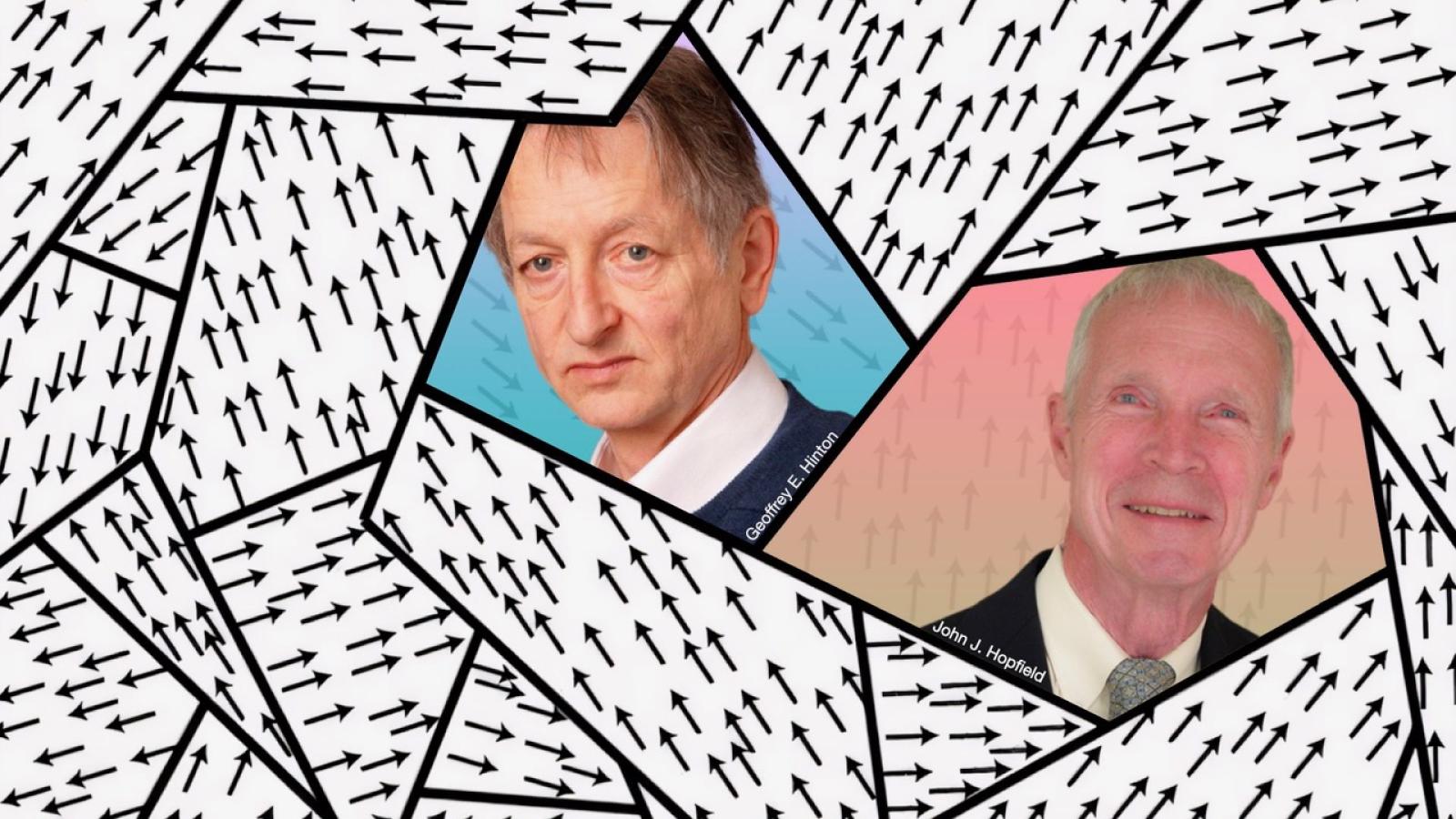The iTunes U app gives you access to complete courses from leading universities and other schools - plus the world’s largest digital catalog of free education content - right on your iPad, iPhone, or iPod touch.
Video tutorial e previews of the app:
[video:http://vimeo.com/33626913]
Digital Discoveries on Vimeo







